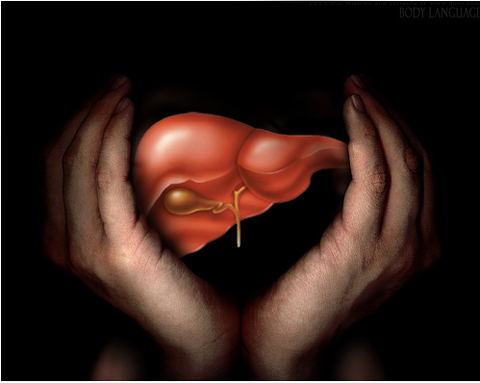2. Everything is relative. The World Health Organization (WHO) has developed a multistage plan for responding to potentially serious health emergencies. Each of the five stages represents a different level of response. Once H1N1 swine flu reaches the most serious level (stage 5), it means that the virus has become pandemic (i.e., affecting a high percentage of the population in at least two countries in separate WHO regions).
3. A vexing variation. The flu is a highly contagious viral disease that is characterized by having any number of symptoms, including fever, bodily aches and pains, cough, sore throat, and inflammation of the respiratory passages. Although thousands of different kinds of viruses can cause the flu, new strains of flu emerge all of the time - each different than the one before it. H1N1 is a new different strain of virus in which the symptoms are sometimes more severe than typical flu symptoms.
4. Passing it on. The H1N1 flu virus is spread the same way any virus is transmitted - through person-to-person contact. Such contact typically involves a situation in which a person who has the virus coughs or sneezes. The droplets in the air can transmit the virus to anyone who comes into contact with this unwanted germ-laden dispatch. Another way that you can become infected is when you touch something (e.g., a surface or an object) that has the flu virus on it and then you touch your mouth or nose.
5. Ask the experts. If you experience flu-like symptoms, you should contact your physician’s office immediately. In addition, until your appointment, you should stay home. Allow your doctor to determine what illness, if any, you have and recommend a prescribed plan of action for addressing your condition.
6. Nothing is forever. If you get H1N1 flu, the duration of your illness will depend on the severity of your case. You become contagious the day before your symptoms first appear and remain contagious for approximately 5 to 7 days. After your fever subsides, you should stay home for at least 24 hours.
7. What do they mean? Flu-like symptoms can mean different things to different people. You should ascertain whether you have H1N1 swine flu, seasonal flu, or just a crummy cold. Truth be known, you may not be able to definitively determine what flu virus you have. The only valid way to discover what you have is to be tested, and even then, such tests aren’t always accurate.
8. Enhancing the odds. A number of steps can be undertaken to improve your chances of not contacting H1N1 flu. Among the common sense precautions that can be taken are to keep your hands clean; avoid touching your eyes, nose, or mouth if you have touched something that may carry the infection; give a wide berth to individuals who are sick with the flu; and get an H1N1 flu vaccination.
9. What’s the difference? One of the key issues involving H1N1 flu is understanding how it compares with seasonal flu in terms if its severity and infection rates. At the present time, most individuals with H1N1 flu seem to not need medical care or antiviral drugs - a situation that also is true of seasonal flu. Similarly, most people with flu symptoms do not need to be tested for H1N1 flu because the test results do not change how they are treated. What is significantly different between the two kinds of flu is what group is affected by each type. H1N1 flu caused a greater degree of disease burden (i.e., number of cases and deaths) in people younger than 25 years of age than in individuals 65 years and older, which is a dramatic departure from the norm.
10. The numbers don’t lie. H1N1 flu is a serious health concern. Federal health officials estimate that, to date, swine flu has sickened about 50 million Americans and has killed more than 10,000 people.
James A. Peterson, Ph.D., FACSM, is a freelance writer and consultant in sports medicine. From 1990 until 1995, Dr. Peterson was director of sports medicine with StairMaster. Until that time, he was professor of physical education at the United States Military Academy.

Copyright 2010 by the American College of Sports Medicine.












